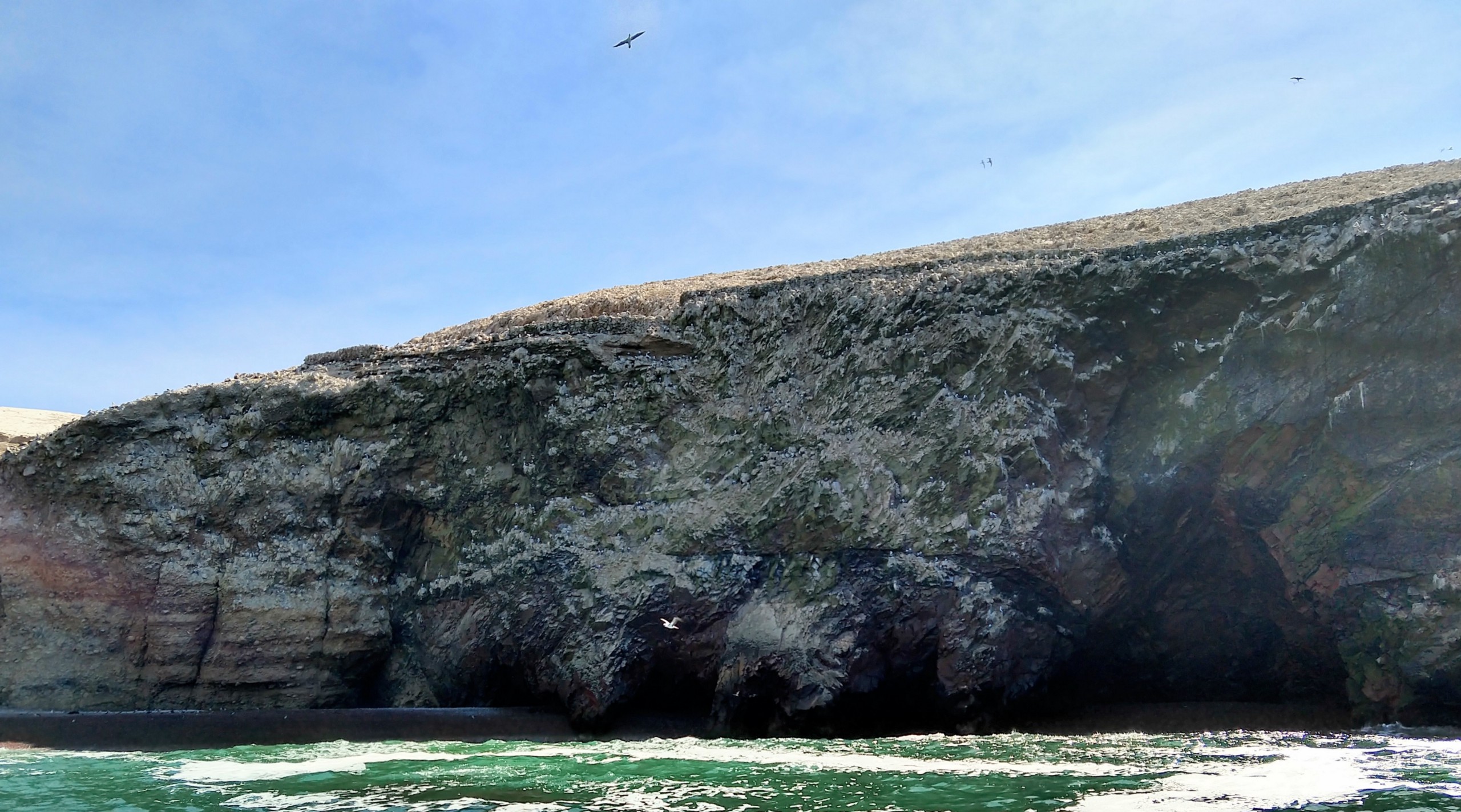
Birding in Peru
When my wife and I arrived in Peru, I didn’t know that I would eventually identify 75 different species in the country. At the time, I was just getting back into bird watching and had less than 100 species on my lifetime list. Peru is not known as an eco-tourism hot-spot, perhaps due to the amazing cultures that have lived in the region, but Peru should be considered for anyone interested in seeing birds around the world.
What is so interesting about Peru?
Peru has the second highest recorded variety of bird species, only after Colombia. However, on the citizen science website ebird, it is currently listed 20th on the number of contributed bird count lists. This reflects the gap between what the country has to offer and the current volume of bird watching interest. The companion bird guide app to ebird from the Cornell Lab of Ornithology doesn’t have a dedicated download for the birds of Peru. Even after downloading packs from nearby nations, there is a significant number of birds that are missing identification information. In contrast, countries like Colombia and most of Central America have complete packs of all common birds in the country.
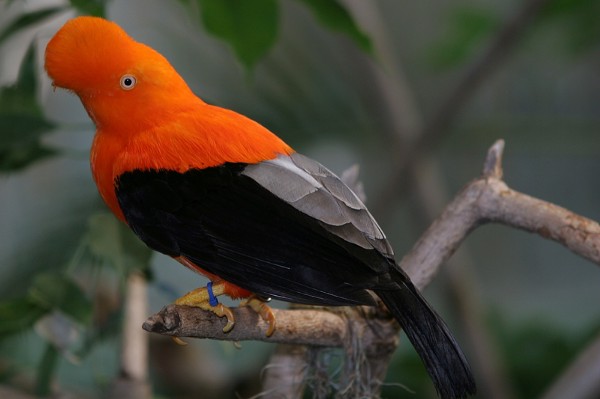
What makes Peru so diverse is the range of habitats within its borders. From the fish rich coasts, to arid lowlands, to the heights of the Andes Mountains, to the dense jungle of the Amazon, there are so many different ecosystems in a country about twice the size of Texas. Across these ecosystems you have iconic birds like Humboldt penguins, Andean condors, and the national bird: the Andean cock-of the-rock. While in Peru, we were only able to travel to 4 different regions, however we still saw many different species.
Lima
We spent most of our time in the southern portion of the city of Lima which has exploded in size in recent decades. One of the things I loved about Lima was that despite being densely populated, there are small neighborhood parks every few blocks. In the park in front of the apartment where we were staying, I found more than a dozen different species, including Amazilia Hummingbirds, Blue-gray Tangers, Bananaquits, Tropical Kingbirds, and both black and red Vermilion Flycatchers. In some of the parks with water I found Black-crowned Night- Heron which stand out due to their large stocky size.
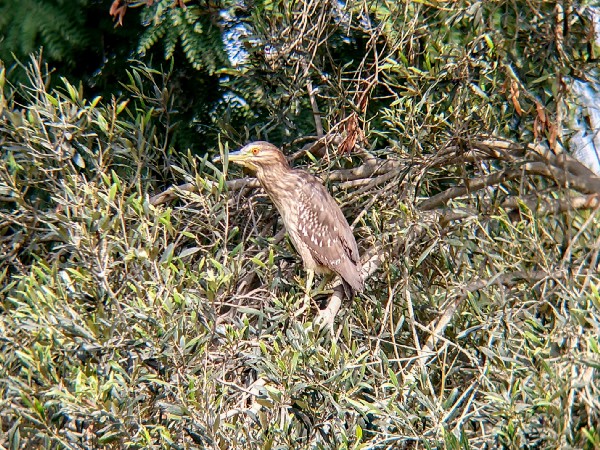
Some birds took a little work to identify. The Scrub Blackbird was extremely common in our part of Lima, however it was not well documented so I needed to do some research to learn how to distinguish it from Shiny Cowbirds and the Blue-black Grassquit. Similarly, Long-tailed Mockingbirds which are very common were lacking many example photos. I was able to contribute a few pictures and even as my first sound recording to help others identify these birds. On May 4th I contributed to the Global Big Day as one of 469 people who submitted lists in Peru to help the country earn the #2 spot for species reported.
I saw several different types of doves while in Lima. The most common was probably the West Peruvian Dove with a distinctive blue ring around the eye and flashy white on the wings when it flew. I had to be careful not to confuse it with the Eared Dove which has a similar shape and size but is distinguished by large black spots on the wings. There is also a small Croaking Ground-Dove which is less than half the size of the others and has a red striped wing and a bright yellow beak. Finally, like all modern cities, there were plenty of feral Rock Pigeons in the more urban areas which can vary from grey, to white, to pink.
The coastline is dominated by huge flocks of black vultures which feed on garbage while cormorants line up on the streetlights of the beach. I was surprised by how few gulls I saw on the rocky beaches, but the ones I did see I had a hard time identifying precisely. On one of the piers I found huge flocks of one of my new favorite birds, the Inca Tern which is slate gray with a few white stripes. Every once in a while I’d see a large, lonely Peruvian Pelican flying out a ways from the coast.
Paracas
In May, we drove down to the national reserve of Paracas about 3 hours south of Lima. I wasn’t sure what to expect other than that people said it was known for huge numbers of birds. We arrived just in time to catch a boat tour around the Ballestas Islands. About 30 minutes from the coast we reached the islands where thousands of cormorants, Peruvian boobies and terns roost. In past centuries it was exploited for the nutrient rich guano used as fertilizer but now the islands are a protected area that serves as a tourist attraction. There indeed were thousands of birds all over the rocks above us as the boat circled the islands. The majority we saw were Peruvian Boobies which are fun to watch dive into the water, however there were also large roosts of Inca Tern. Among these flocks there were also Neotropic Cormorants, Peruvian Pelicans, and a few Humboldt Penguins down at the waterline. Along the coast of the mainland I also saw Red-legged Cormorants, Guanay Cormorants and Turkey Vultures.
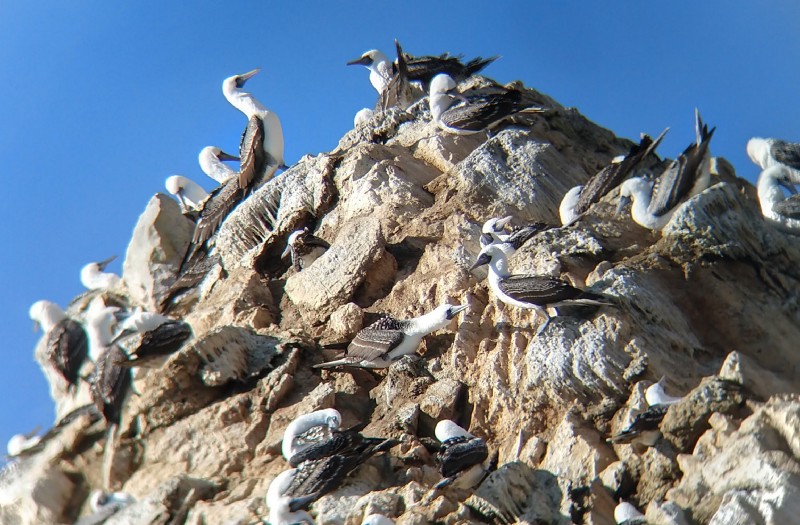
After out boat ride, we drove into the park. Paracas is mostly an empty desert with course, orange sand. However, the barrenness of the land contrasts the richness of the waters meaning there were a great variety of shorebirds. My favorite were Black Skimmer, Snowy Plover, and the iconic Chilean Flamingo. Those three were visible from the viewing area near the park entrance. You are restricted from going all the way to the coastline to avoid disturbing the birds, however it was exciting to see the flamingos in person.
Cañete
After our day in Paracas we spent the week in the region of Cañete about an hour north but a little inland. The area is dry but irrigated for farming. My cousin had been describing some of the birds he’d seen so I was excited to see how many we could find. When we arrived at night we were welcomed by the nightwatchmen; the small, quiet Burrowing Owl and the tall, chatty Peruvian Thick- knee. The thick-knees are odd birds that call out at any threats and can be quite loud when gathered in groups.
Throughout the week my cousin and I kept tabs on the pair of American Kestrels that lived nearby. Walking around the area we were able to identify the Groove-billed Ani with it’s distinctive thick beak. We drove to a town further up the valley and saw a Black-necked Woodpecker hiding in a dead tree and the red-faced Common Gallinule wandering around the riverbank. One night I was feeling adventurous, so my cousin and I went out night birding. I was mostly expecting just to find more burrowing owls and thick-knees but we ended up stumbling upon a Tschudi’s Nightjar on the ground 10 feet in front of us. I’d seen nightjars in field guides but never expected to find one myself, let alone at night, so it was a fun surprise.
Cuzco
The most exciting excursion we did in Peru was to fly to the region of Cuzco. We were there to visit Sacred Valley and see Machu Picchu, but it was also a fun area for birding. Along our sightseeing tour I saw a few raptors including more kestrels, Mountain Caracaras, and a Variable Hawk. We briefly stopped at Lake Piuray where I saw Yellow-billed Teal and a few other waterfowl, but our tour guide was in a hurry to move on. Elsewhere in Sacred Valley there were dozens of Rufous-collared Sparrows, but at the ruins of Murray I found the brightly colored Sparkling Violetear hummingbird.
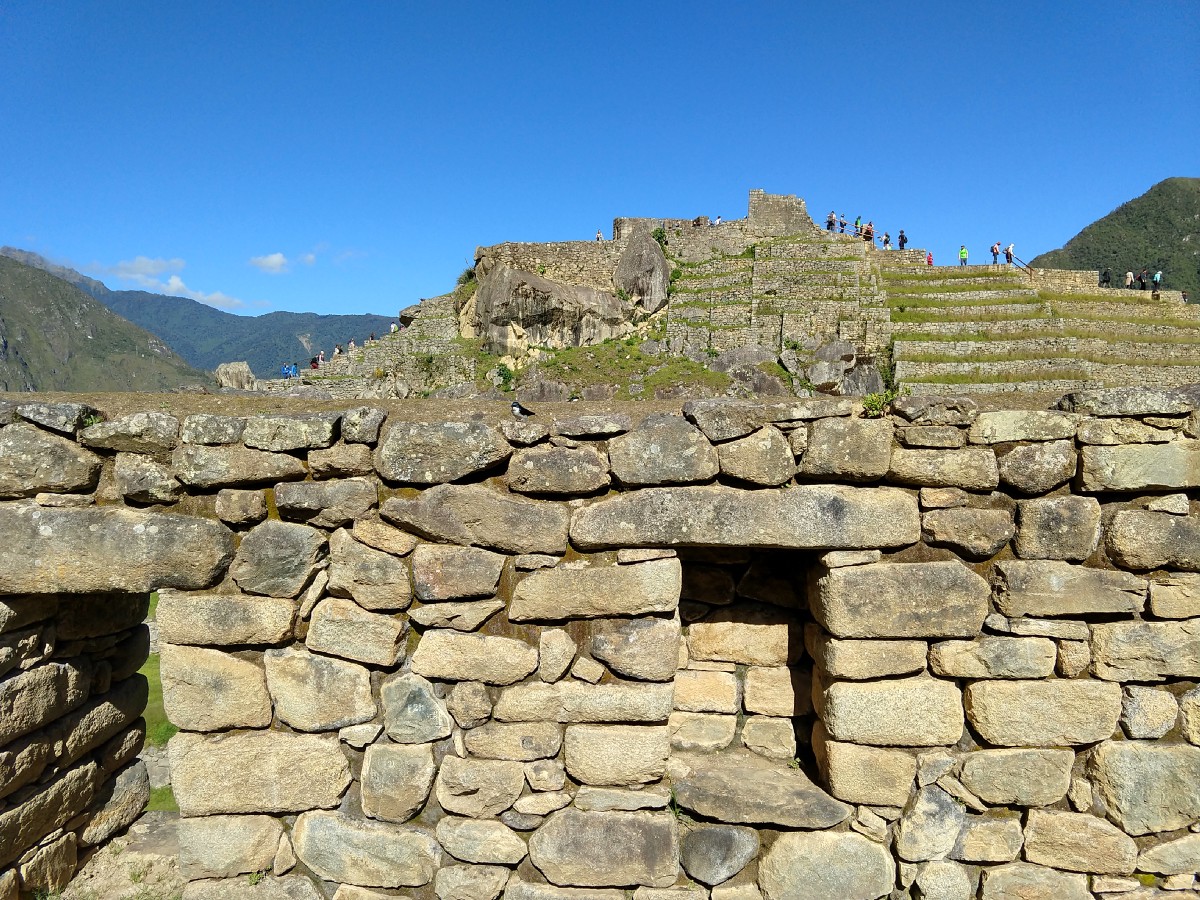
Machu Picchu is fairly clear of vegetation and the grass is kept low so it is mostly inhabited by Blue-and-white Swallows who I saw nesting in the walls. The area around Machu Picchu is more forested, so when we hiked down from the archeological site I logged quite a few firsts including a White-throated Quail-Dove and a group of the pheasant- like Andean Guans roosting together in a tree. It was surprisingly difficult to find birds while hiking down the hill, however, within the town of Aguas Calientes the birds were easier to find. From the riverbank I could see a Torrent Duck hanging out on a rock while water rushed around him. Another riverside find was the Torrent Tyrannulet which seems like too small of a flycatcher to be at the water’s edge. Up in the trees was a Slate-throated Redstart with its mix of primary colors.
The most successful birding of our trip happened on our trip to Lake Humantay early in the morning through light rain. The lake is about 3 hours from the city of Cuzco through remote mountains. At the base of the hike is a campground and stables for pack animals for those who aren’t up for a steep hike 4,200 meters/13,500 feet above sea level. Most of the area was open which made it easy to spot Cream-winged Cinclodes and Plumbeous Sierra- Finch, both of which I had to learn while in the field. One surprise was seeing the large Andean Lapwing shorebird out in the fields among the horses. My favorite sighting was probably the group Andean Flickers which called out as we ascended the final part of the hike. I’d seen Northern Flickers in the US so it was cool to see the southern variation. As the hike came to an end, a pair of Mountain Caracaras flew low overhead, eventually meeting up with another pair further down the valley.
I would love to visit Peru again. Next time I’d love to go see some of the birds of the jungle region, though you have to brave all the bugs that come with the area. Lake Tripitaka on the far southern border of the country would also be cool to visit with its collection of waterfowl. There were a few birds I was hoping to see, specifically the size record holders of the Andean Condor and the Giant Hummingbird. I didn’t pay the $100 to go on a tour to see the condors and I knew it was unlikely to see them in the areas we were but I still held out hope.
It would be great to see Peru expanded as a birding destination. On our way to Machu Picchu, we met a couple from the US who were into birding but otherwise I didn’t see much interest. But there is a lot of opportunity to expand into ecotourism. Due to the large volume of tourists that come to the country every year, it is surprisingly easy to travel, even if you only know English. With the wide selection of cultural sites to visit, a bird watching tour may not be high on most people’s priorities, but with the number of endemic birds it would really be a special kind of trip.
See how to respond...
Respond via email
If you'd prefer to message me directly, send an email. If you'd also like your message to be visible on the site I can add it as a comment.
Reply via Email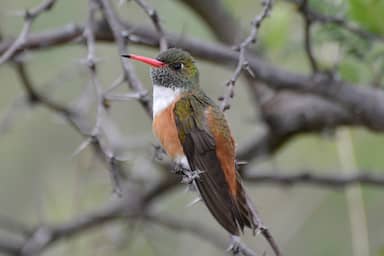
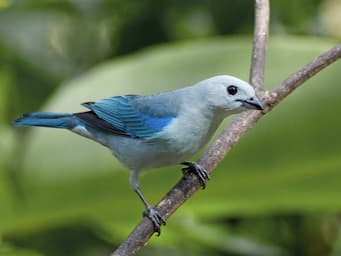
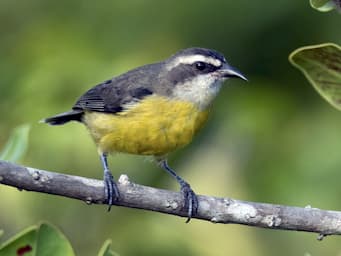
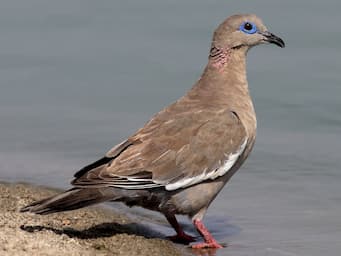
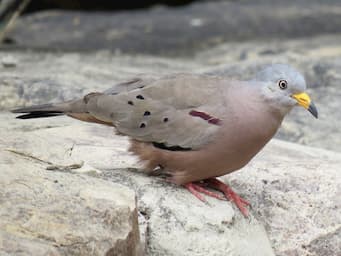
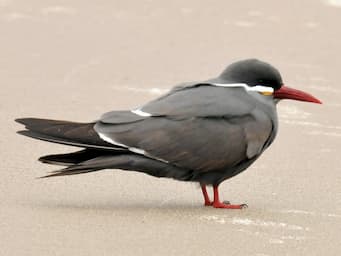
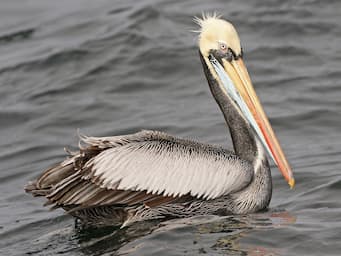
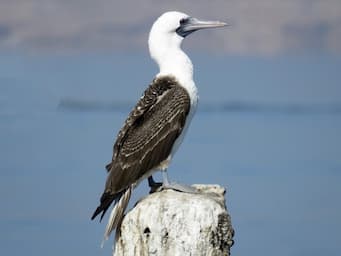
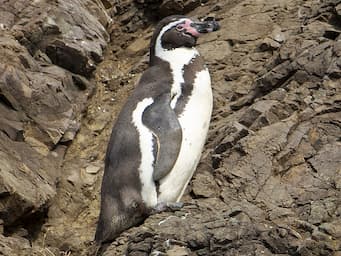
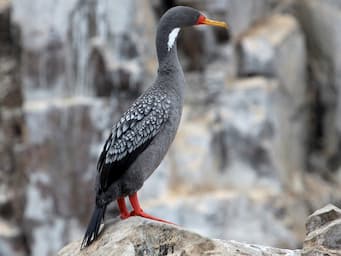
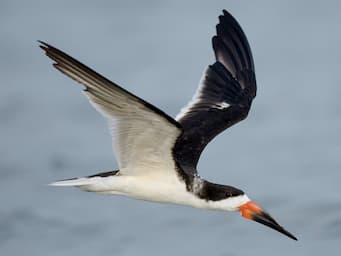
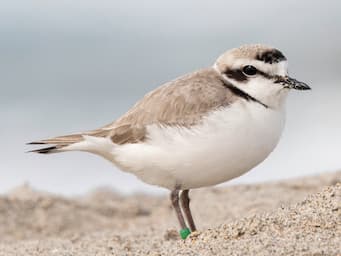
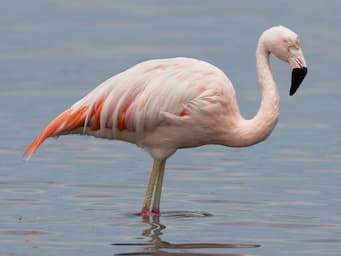
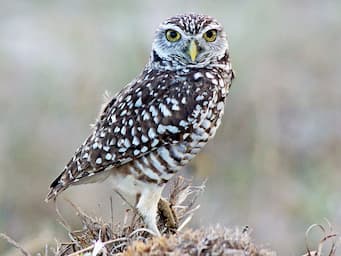
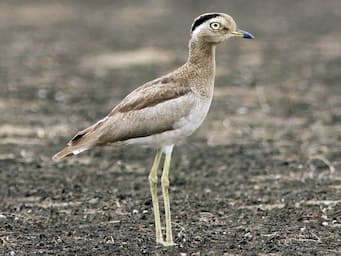
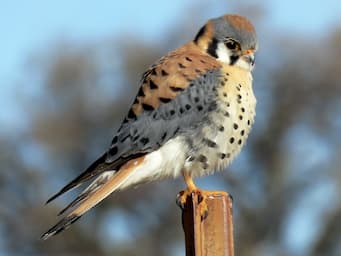
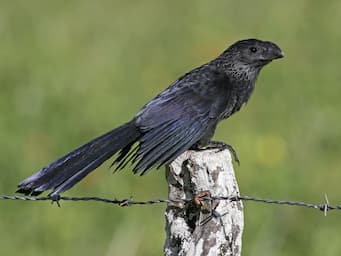
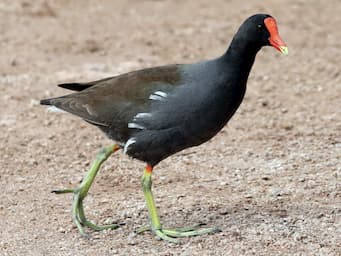
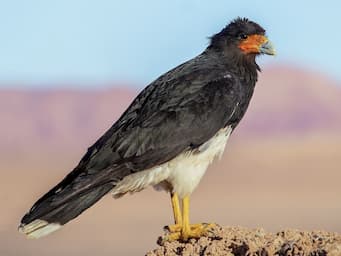
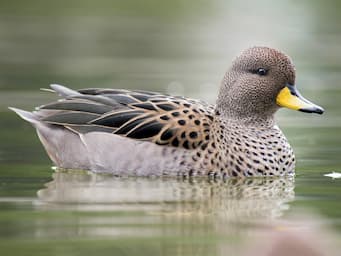
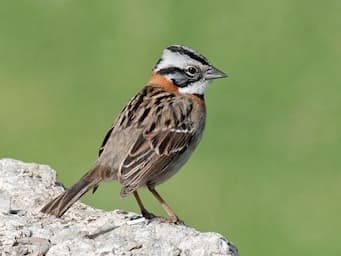
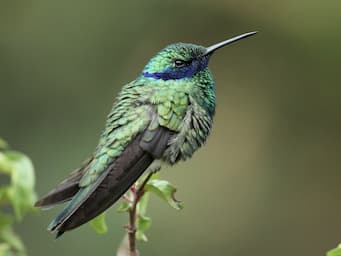
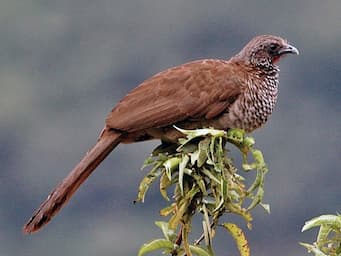
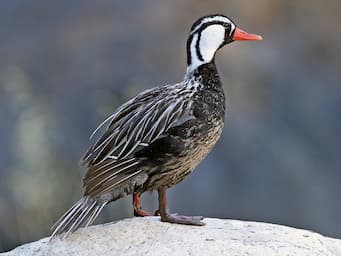
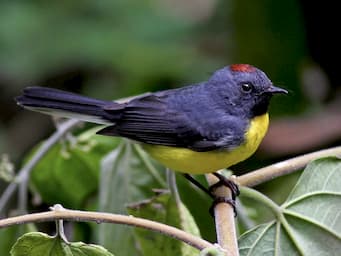
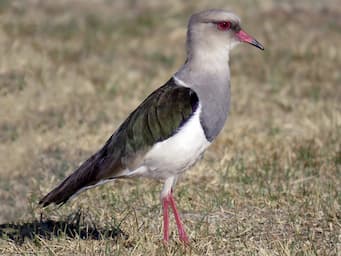
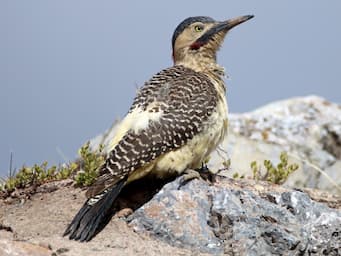
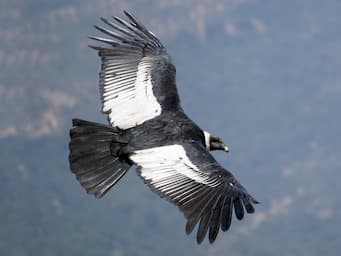
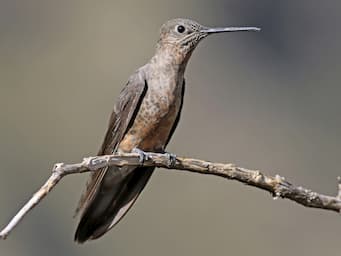
Respond from another site
Responses are collected from posts on other sites. Have you posted somewhere that links to this page? If so, share the link!